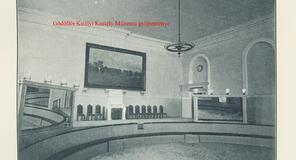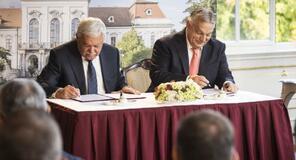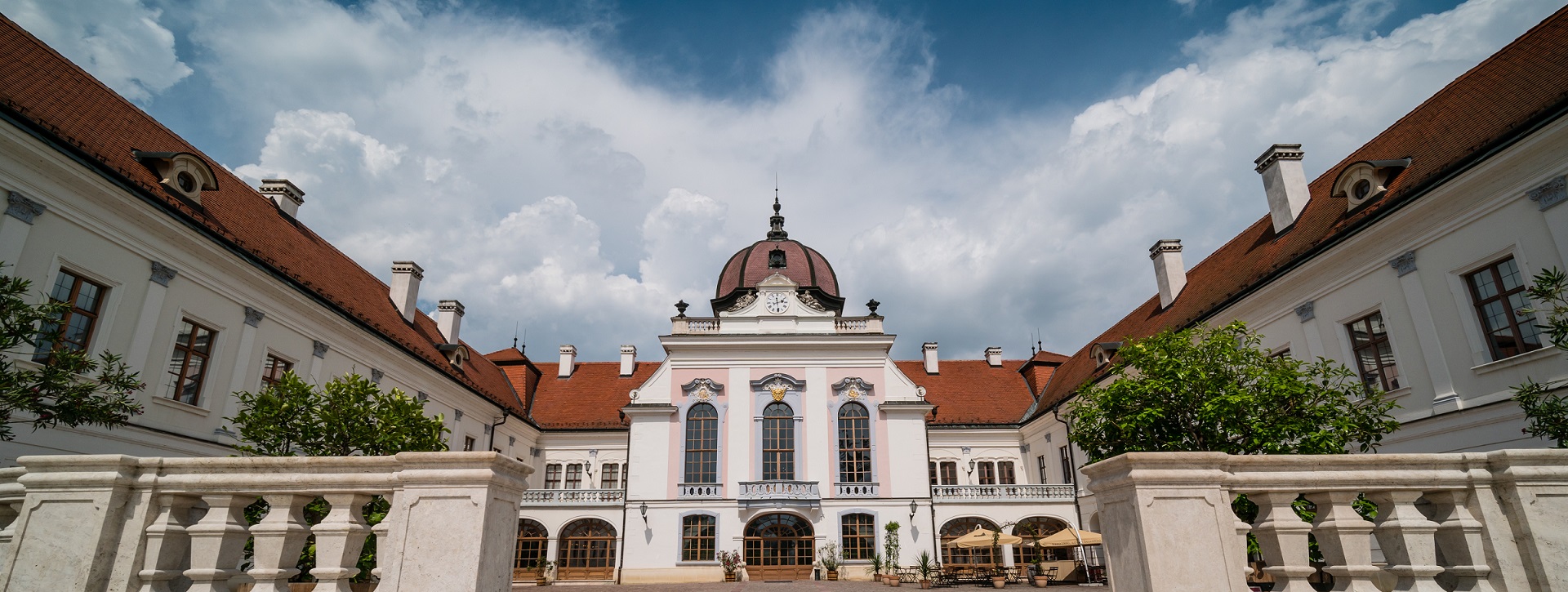
We are happy to announce that we have started project "Museum of Communities" co-financed by the Erasmus + program of the European Union.
Together with the Museum of King Jan III's Palace at Wilanów and the Italian non-governmental organization Stazione Utopia, we will exchange knowledge and experiences as well as train and teach each other how to encourage local communities to engage in voluntary work in museum, how to create an interesting story about cultural, natural and historical heritage, using also own experiences and stories. Together with colleagues from Hungary and Italy, we plan to create an educational tool - a narrative dice that will support volunteers and educators in learning how to build a unique story, organize arguments, build independent judgments about the object or phenomenon in question, weaving also their own thoughts. The narrative dice will be available for free download and use for everyone.
The "Museum of Communitites" project will last 20 months, and at the end of it we plan to organize an online seminar where we will tell you what we have learned from the project.
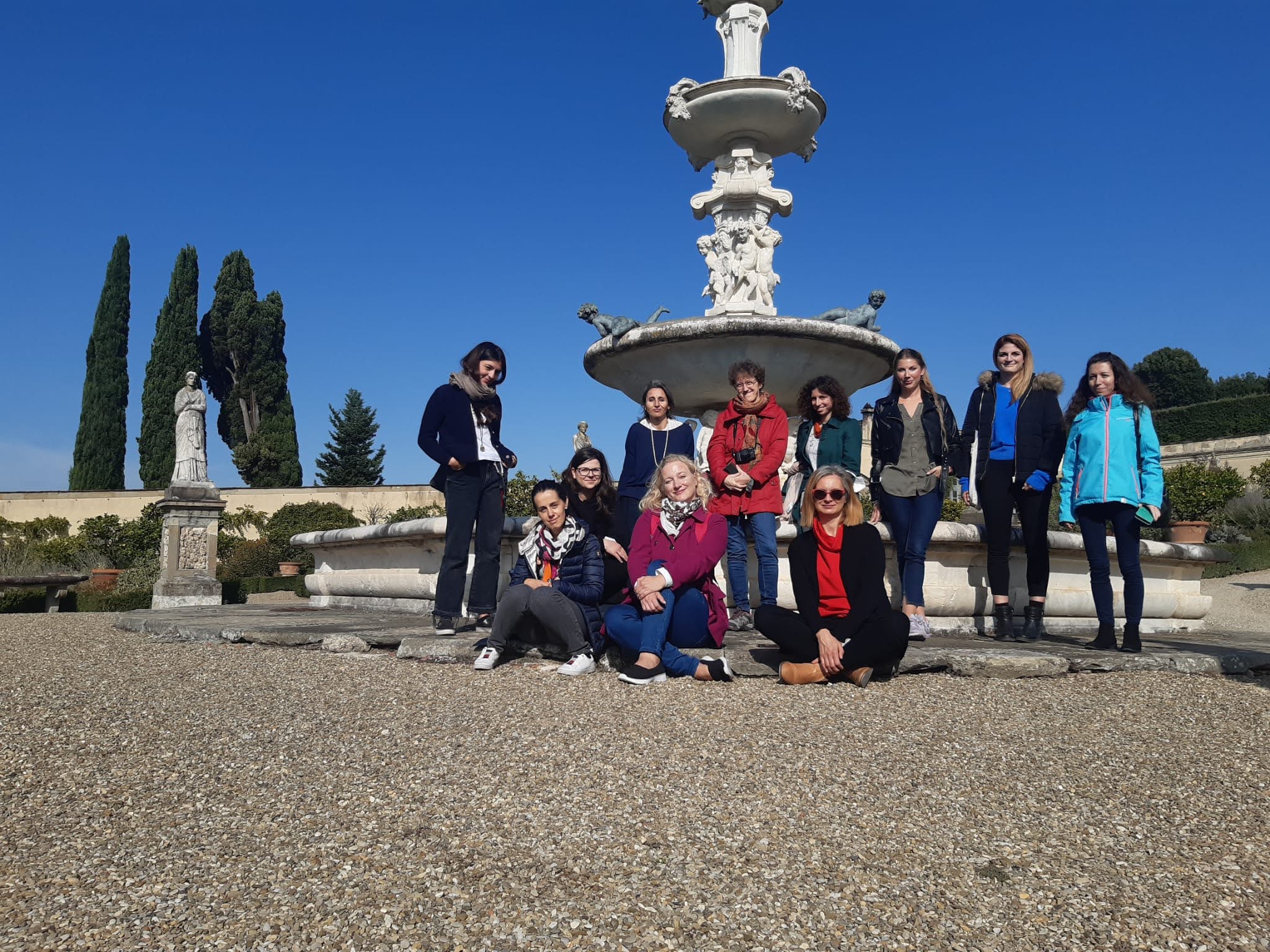
Three employers of the Royal Palace of Gödöllő visited Florence last week in order to participate in the meeting organised for the Expert Group in the framework of the Museum of Communities Erasmus + project, between 25 – 29 October 2021.
In this project, together with the representatives of the Polish and Italian Partners, the Muzeum Pałacu Króla Jana III w Wilanowie, and the Stazione Utopia Association respectively, the three participants have exchanged and gained experience with regard to the recruitment, engaging and motivating of volunteers of diverse ethnic and cultural backgrounds. They also discussed how professional organisations can assist volunteers in the learning process so that they can tell narratives about the cultural heritage close to their place of living.
The participants of the project also had the opportunity to learn about the good practices of the various museums of Florence, as well as to get to know volunteers actively participating in different projects. In workshop activities, the participants from the three above mentioned Parties were able to exchange experiences, as well as think about new methodological ideas and theories in museum education.
The employers involved in the project hope that the Gödöllő Palace Museum can benefit from this project, and that they can launch new projects and programs in the Palace in the future.
The Museum of Communitites project is co-financed by the Erasmus+ programme of the European Union.
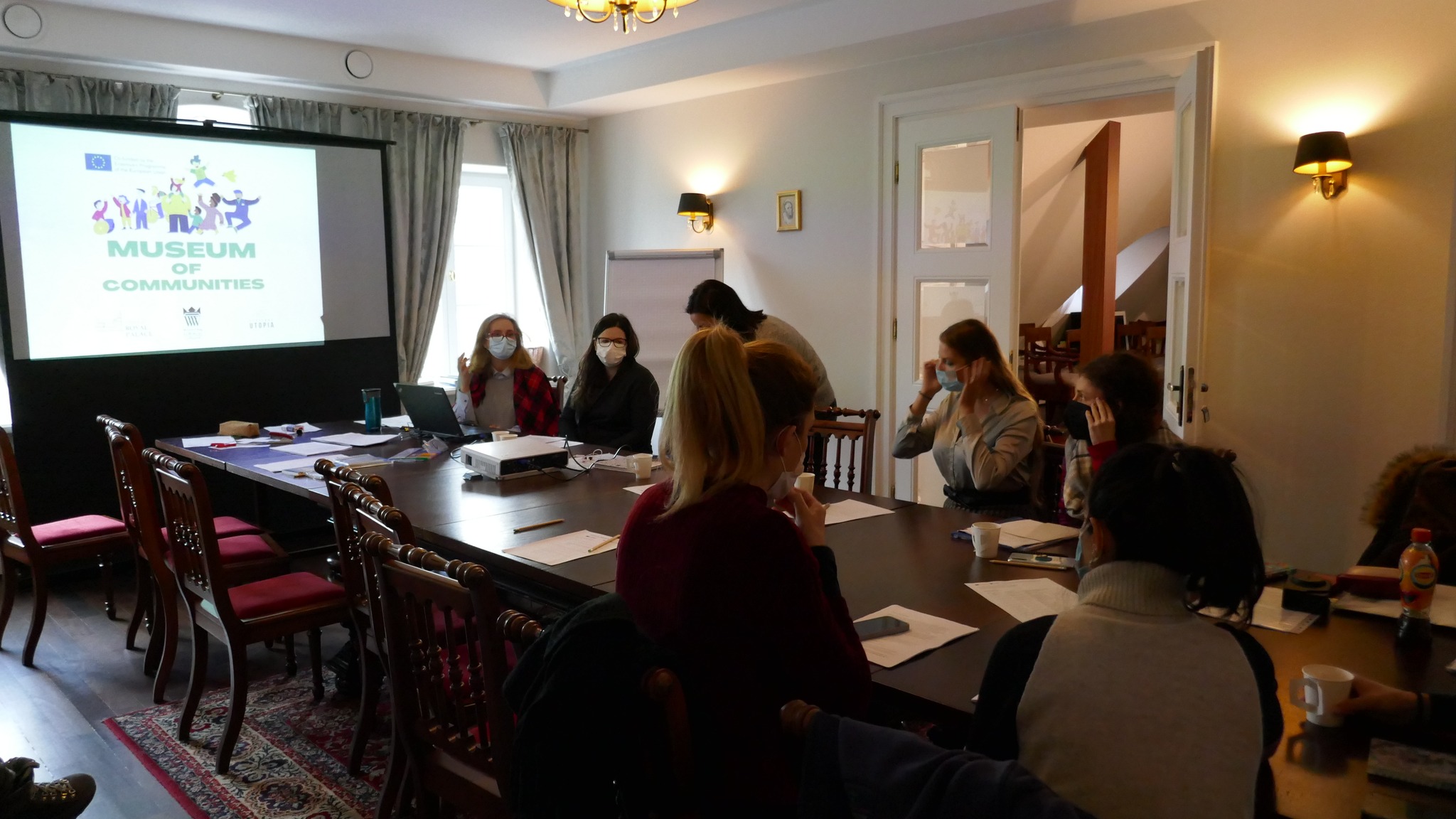
In the Museum of Communities Project, it was the second time this February, that we participated in the expert group meeting, this time, in the Palace Museum of Wilanów, Poland (@wilanow)
Since we were working together with those Polish and Italian Group (@stazioneutopia) members whom we got to know in the first meeting, we had a great deal of opportunities to put into practice and elaborate on the new methods (based on the material of the Echocast, EU Training Programme) that aim to directly involve and engage volunteers as well as visitors in the museum. By using these methods, we plan to design new schemes that focusses on the needs of visitors, and we will also use the new theoretical methods to design the “narrative cube”, which we plan to create in this Project also.
As hosts, the Polish Members presented various volunteer programmes ranging from historic enactment to embroidery club and also historic park management. By getting insight into these excellent programmes, we learnt a lot about how to build solid bridges between the people outside the museum sphere and the historic and natural heritage , and also how to create community in this way.
Returning to Gödöllő, we are going to endeavour to use what we have learnt from our Partners through the exchange of experience, and to prepare for the next meeting that is going to be held in our Palace in Gödöllő.
The Museum of Communities project is co-financed by the Erasmus+ programme of the European Union.
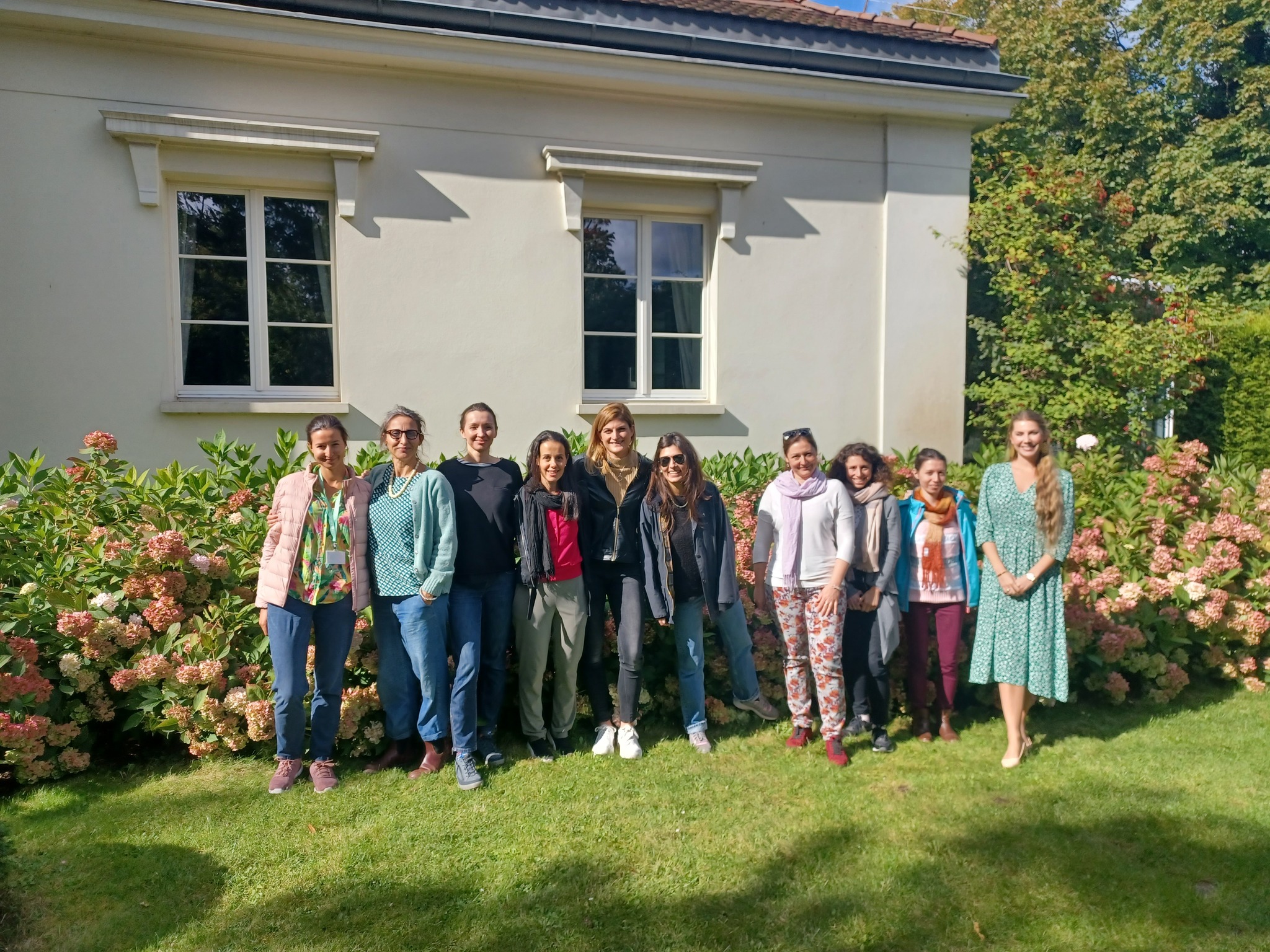
We are grateful to our Polish Colleagues for organising our LTT4 Meeting in Wilanów, Poland. From 19th September we spent a whole week together with Colleagues from the Muzeum Pałacu Króla Jana III w Wilanowie, in Wilanów, Poland, and our Italian Colleagues from the Stazione Utopia in Florence. As we have been working together for more than one year now – as all of us reflected at the end of this meeting – as a result of this we have developed a lingua franca (the language of the story cube language) between each other throughout the project.
On the last day of this LTT4 Meeting, we were satisfied that we could finalize the methodology of our new educational tool, the story cube after long discussions. Similarly to the practice we set in Gödöllő in the LTT3 Meeting, this time in Poland, we also tried out how we can create new narratives with the story cube, because thanks to the Polish Colleagues who organised the trials, we managed to test our new tool with volunteers from various cultural backgrounds in the Wilanów Palace Museum, as well as in the Museum of Warsaw. The volunteers were not only participants in the trials, but they have given their constructive advice with respect to the usage of the story cube. So we believe that the trials in the museums also contributed to designing this interesting educational tool that will be useful for volunteers in the museum, in planning more personal, involving, and interactive guided tours.
In this LTT Meeting, we also managed to gain insight into the cooperation between the Wilanów Palace Museum and their partner museums in Warsaw, as well as into their work with volunteers.
A whole day was dedicated to storytelling, and we are thankful for Michal Malinowski – a widely recognised storyteller – who organised workshops so that we can experiment with various storytelling techniques. He also broadened our horizon on this topic by offering a unique enactment of a Japanese tale.
In this last LTT Meeting, all Project Members agreed that we have seen a great deal of good practices in museum education, and through the intercultural exchanges we gained a better understanding of the cultural differences.
The Museum of Communitites project is co-financed by the Erasmus+ programme of the European Union.

